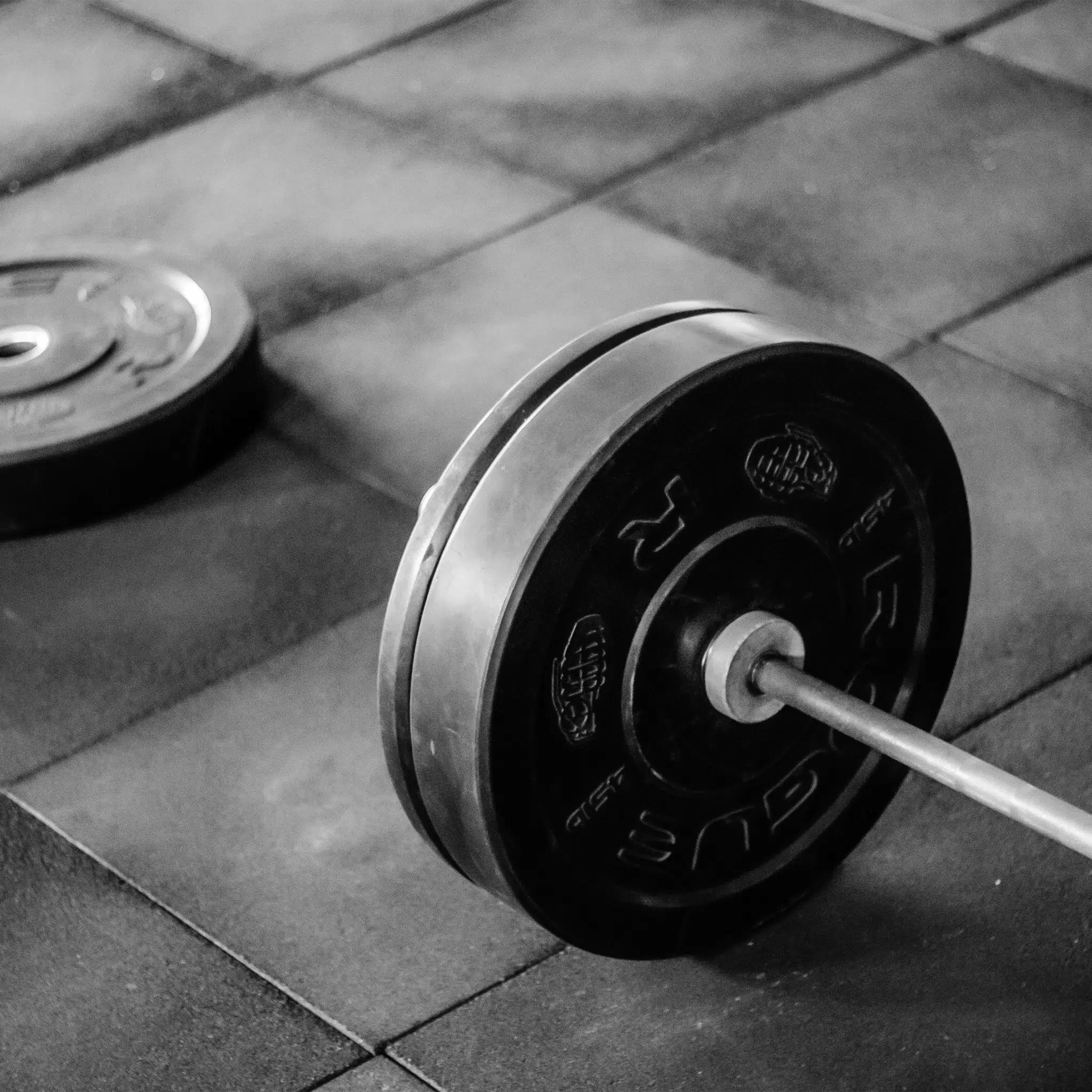Combine Yoga and Strength Training for maximum fitness results.

Yoga and strength training, may not be the most obvious combination, yet the two can complement each other perfectly! Whereas with yoga you make yourself supple and flexible, recover and rest, with weight training it is the opposite. Train hard and keep going until you can't take any more. Let those combination well precisely are so good, because both for your muscles and performance both are very important.
Why is the combination of the two so good?
Yoga has a number of positive influences on your body and let that be exactly the influences your body needs after heavy strength training:
- 1. Encouraging flexibility
- 2. Building endurance in muscle fibres
- 3. Training body, mind and soul
- 4. Muscle recovery
What are the benefits of yoga?
There are many different types of yoga and they can all have slightly different purposes. Research by SportCity found that these are the most common points of the benefits of yoga are:
- Increase your flexibility
- Strengthens your muscles
- Improves your posture
- Strengthens your bones
- Lowers your blood pressure
- Helps you relax
- Improves your blood circulation
- Improves your oxygen uptake
- Makes your back stronger
- You get more energy
What are the benefits of strength training?
But then what are the benefits of strength training? Freshhh researched these and these are them:
- Strength training will make you stronger and develop muscles.
- Strength training helps lower your blood pressure.
- It strengthens your bones and reduces the risk of various diseases later in life.
- Strength training is ideally suited to losing weight. Developing muscle tissue makes you lose fat faster, because muscles burn more calories at rest than fat tissue.
- Strength training often makes you feel healthier and more energetic.
- It boosts your self-confidence.
Can yoga help with muscle pain?
Muscle pain is something that comes with strength training, but pleasant is different. You may only experience this a day or two after your workout, which is why yoga is the solution! It contributes to the recovery process and creates relaxation in your body. Since yoga is a lighter form of exercise and thus suitable shortly after a strength training session, it will ensure that you are less likely to get injuries.
Another thing yoga can help against is acidification. Because many athletes breathe incorrectly during training, the muscles do not get the right amount of oxygen they actually need, so there is a risk of faster acidification. But because yoga actually teaches you how to better manage your breathing and how to use your breathing as effectively as possible, if you include these techniques during a strength training session, there will be less chance of acidification. This is because your muscles will get enough oxygen. This will ultimately also have a positive effect on your performance.
Flexibility and strength
Whereas strength training is precisely good in building more muscles, yoga is good for building your natural strength. But when you have more muscle strength precisely because of that strength training, it ensures that you can perform the yoga exercises better. Yoga combined with strength training is the ultimate way to become both flexible and fit. Not to mention the nimble are, this too will be a lot faster!
Mental preparation for heavy strength training
Because yoga allows you to tackle any stress and fatigue and really learn to listen to your body, this will come in handy when you have a tough strength training session ahead of you. You can better focus on prepare by the peace that yoga gives you again.
Add yoga to your workout schedule
Already when you as much as 2 hours adding yoga to your strength training during the week can have positive effects. As a strength coach, you often train by feel, which means that one muscle group may not get as much attention as another. For that reason, you can experience complaints faster, for example in your back, shoulders or legs. Especially in yoga, you train your whole body and a lot of attention is paid to your body's posture.
What types of yoga connect well with strength training?
There are two types of yoga that go well with strength training, namely Power and Hatha Yoga:
- Power Yoga: This style of yoga is generally quite heavy, postures are performed in a series and the exercises are more physically demanding. But, does provide relaxation, muscle training and focuses on stretching.
- Hatha Yoga: In this style of yoga, you train your entire body and focus on controlled breathing, flexibility, strength and relaxation
Yoga and strength training are often seen as two separate forms of exercise, each pursuing a different physical goal. However, incorporating yoga into your strength training regime can actually help you achieve even better results.
Why is combining yoga and strength training beneficial for my fitness journey?
- Answer: The combination is immensely beneficial as yoga focuses on flexibility, endurance, mental wellness, and muscle recovery, while strength training aims at building muscles, strength, and boosting self-esteem. Together, they provide a balanced physical and mental workout, ensuring overall wellness.
How does yoga contribute to flexibility and endurance?
- Answer: Yoga involves a variety of poses and stretches that work on different muscle groups, promoting flexibility. The practice also includes holding poses for extended periods, building endurance in muscle fibres, which is essential for overall muscle strength and health.
What are the specific benefits I can gain from practicing yoga?
- Answer: Yoga not only increases flexibility but also strengthens muscles, improves posture, bone health, blood pressure, and relaxation. It enhances blood circulation and oxygen uptake, fortifies the back, boosts energy levels, and contributes to mental wellness.
How can strength training complement my yoga practice?
- Answer: Strength training focuses on building muscle mass and strength, which can enhance your natural strength, aiding in performing yoga poses more effectively. It also boosts your energy, self-confidence, and overall health, promoting a balanced lifestyle.
Can yoga alleviate muscle pain resulting from intense strength training?
- Answer: Absolutely. Yoga aids in the muscle recovery process, offering relaxation and stretching exercises that alleviate muscle soreness. Proper breathing techniques learned in yoga also prevent rapid muscle acidification, reducing the risk of pain and injuries.
How does the mix of flexibility from yoga and strength from power training boost athletic performance?
- Answer: Yoga increases flexibility and natural strength, improving the range of motion and reducing injury risks. When combined with the muscle mass and strength gained from power training, athletes experience enhanced performance, agility, and endurance.
How can yoga mentally prepare me for intense strength training sessions?
- Answer: Yoga practices involve meditation and breathing exercises that tackle stress and fatigue, promoting mental clarity and focus. This mental preparedness is essential to face challenging strength training sessions, improving concentration and performance.
How can I effectively incorporate yoga into my strength training schedule?
- Answer: Adding even two hours of yoga weekly can make a significant difference. Yoga ensures that all muscle groups are attended to, preventing imbalances and complaints that might arise from focused strength training exercises.
Which types of yoga are most compatible with strength training?
- Answer: Power Yoga and Hatha Yoga are highly recommended. Power Yoga is intense and complements the physical demands of strength training, while Hatha Yoga provides a balanced approach to flexibility, strength, breathing, and relaxation.
How does combining yoga and strength training improve overall well-being?
- Answer: The combination ensures a holistic approach to fitness, focusing on physical strength, flexibility, mental wellness, and muscle recovery. It promotes a balanced lifestyle, enhancing physical performance, mental clarity, and overall health and well-being.








